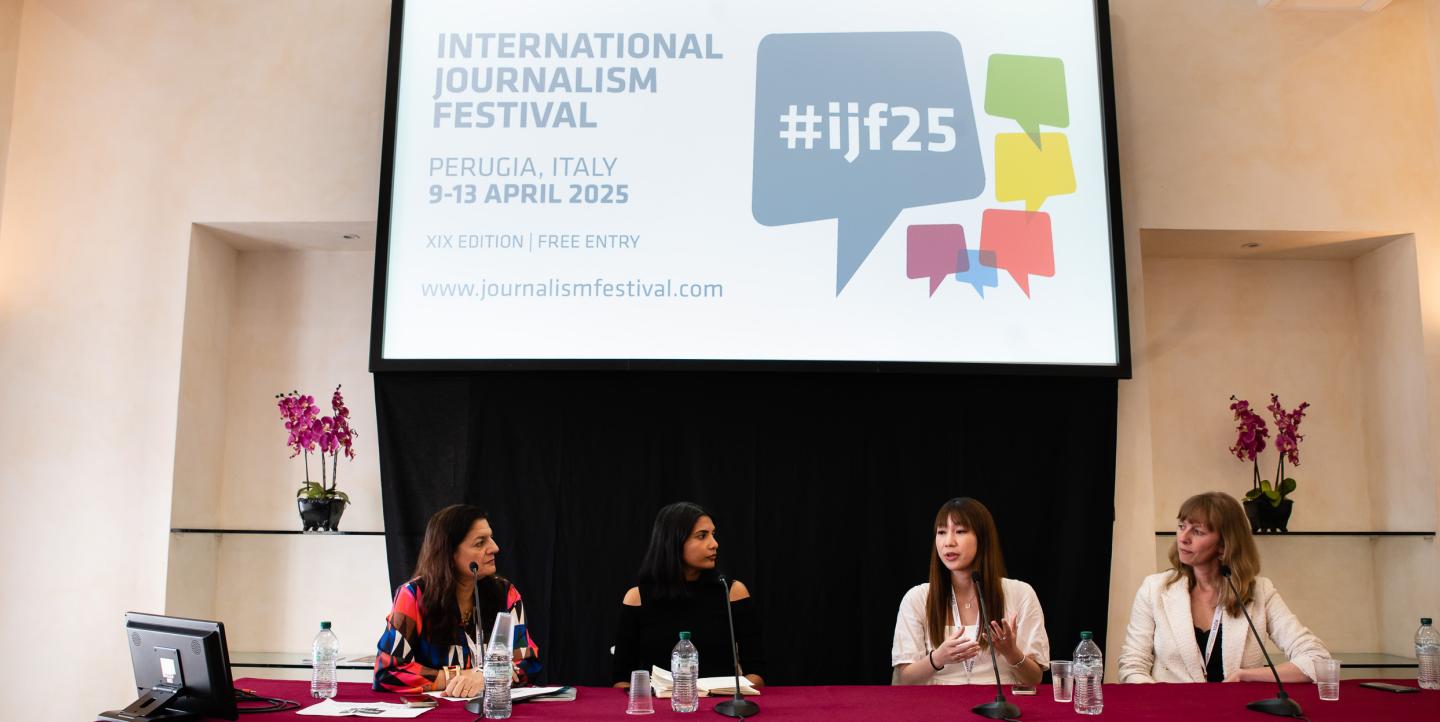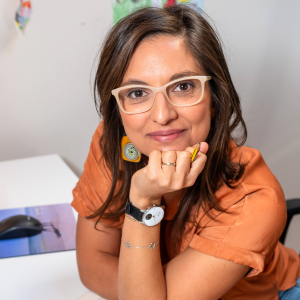The lines are blurring. Where traditional journalism ends and content creation begins is no longer a clear border, but a dynamic frontier demanding a new ethical map. As journalists adopt the tools and personas of influencers, and influencers tackle journalistic work, how do the core values of journalism translate to this fluid, fast-paced digital landscape?
At the 2025 International Journalism Festival in Perugia, Italy, journalists-turned-content creators discussed the practical dilemmas faced daily by media innovators trying to deliver credible information, especially to younger audiences who increasingly look beyond legacy outlets. For them, navigating this space means challenging long-held assumptions and establishing new guidelines that are grounded in transparency and rigor.
Prioritizing rigor over labels
In the creator economy, traditional titles seem to carry less weight with audiences than the actual substance of the work. At the Perugia festival, the conversation at the “Journalism ethics in the creator economy era” panel began by addressing the sometimes-uneasy relationship between the terms "journalist" and "influencer."
Sruthi Gottipati, who is building a creator-driven, Gen-Z-focused news startup, SpotOn, argued against getting hung up on labels. "I don't think people care that much about the label," she said. "I use the words ‘influencer’ and ‘creator’ interchangeably. What's most important is the kind of work that you're putting out, that has that kind of journalistic rigor that we've been trained in."
She said that core journalistic values — accountability, transparency, truth, fairness — are paramount, regardless of how creators identify themselves. The key is embedding these principles into the content. At SpotOn, she aims to "unlock the value that journalists bring" by training them as creators, while also equipping creators interested in substantive reporting with the rigor of journalism.
Re-evaluating objectivity
The long-held ideal of detached objectivity is also transforming. The panel challenged the traditional notion of journalistic objectivity, suggesting the conversation has evolved.
Kassy Cho, whose outlet, Almost, focuses on global news for young people, explained their decision to move beyond strict neutrality, particularly when covering issues with clear power imbalances. "Journalism is about accountability, and sometimes when you are neutral and platform both sides, then it can actually lead to harmful narratives," she said, citing climate change reporting and coverage of Gaza as examples. "For us at Almost, we made the editorial decision to call the war on Gaza a genocide in our reporting because that was the truth, that was what we were seeing. Having moral clarity is not harmful, but sometimes neutrality means you being silent and being complicit."
Sanne Breimer, the founder of Inclusive Journalism, added that true objectivity is an illusion. "To think that I am born as an objective human being is just not the way it goes," she said, stressing the importance of "positionality," or recognizing how one's own background shapes perspective.
Admitting that no journalist is truly a blank slate — everyone brings their background and perspective — encourages a more honest relationship with the audience. It shifts the focus from an unattainable objectivity to achievable goals, such as impartiality, fairness, accuracy, and transparency in one's approach.
Monetization with integrity
Ethical considerations extend to how this new form of journalism is funded, and here, transparency becomes a necessity. Gottipati debunked the myth that audiences are turned off by sponsored content. In her experience, viewers are savvy and resent being misled far more than they mind clearly labeled, value-aligned sponsored content. "What they don't like is to be taken for a ride," she said.
Cho's Almost offers an alternative model, funding its journalism by operating a studio that creates content for value-aligned nonprofits and assists them with their communication campaigns. "We don't really see journalism and activism as opposites because journalism at the end of the day is about speaking truth to power," she argued.
Building on borrowed land
Yet, even the most ethical creators operate within ecosystems they don't control. The reliance on platforms like TikTok, Instagram, or X presents a constant vulnerability. Cho shared her experience of having Almost's TikTok account repeatedly banned for content deemed problematic by opaque platform rules, often for reporting on Gaza or Syria, despite adhering to journalistic standards. Each ban meant abruptly losing a vital connection to the audience that had been carefully cultivated there.
Breimer advised creators against platform dependency. "Be smart about your business strategy. Collect email addresses because they can't be taken away from you," she suggested. She also called for solidarity: "I would love to see more coverage of our journalists being in danger on these social platforms, defending the profession of journalism wherever it unfolds."
Learning from creators: Lessons for legacy media
Legacy media has much to learn from the creator space, particularly in terms of audience engagement and transparency. Young audiences, Cho noted, often turn to creators because they feel that traditional media "tends to serve power, not the truth."
Breimer argued the biggest threat to legacy media isn't external disruption, but internal resistance to change. "The biggest threat to legacy media is legacy media," she said, urging established outlets to welcome self-reflection and learn from independent creators. "Embrace the fact that there are journalists out there with fresh ideas doing things on platforms that you may not know a lot about, but you can learn from."
Photo by Diego Figone.


